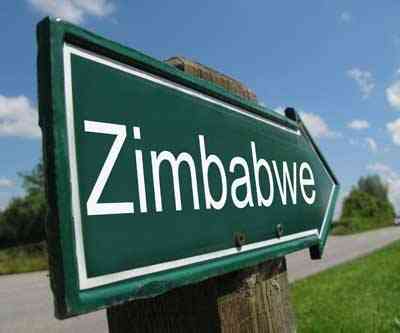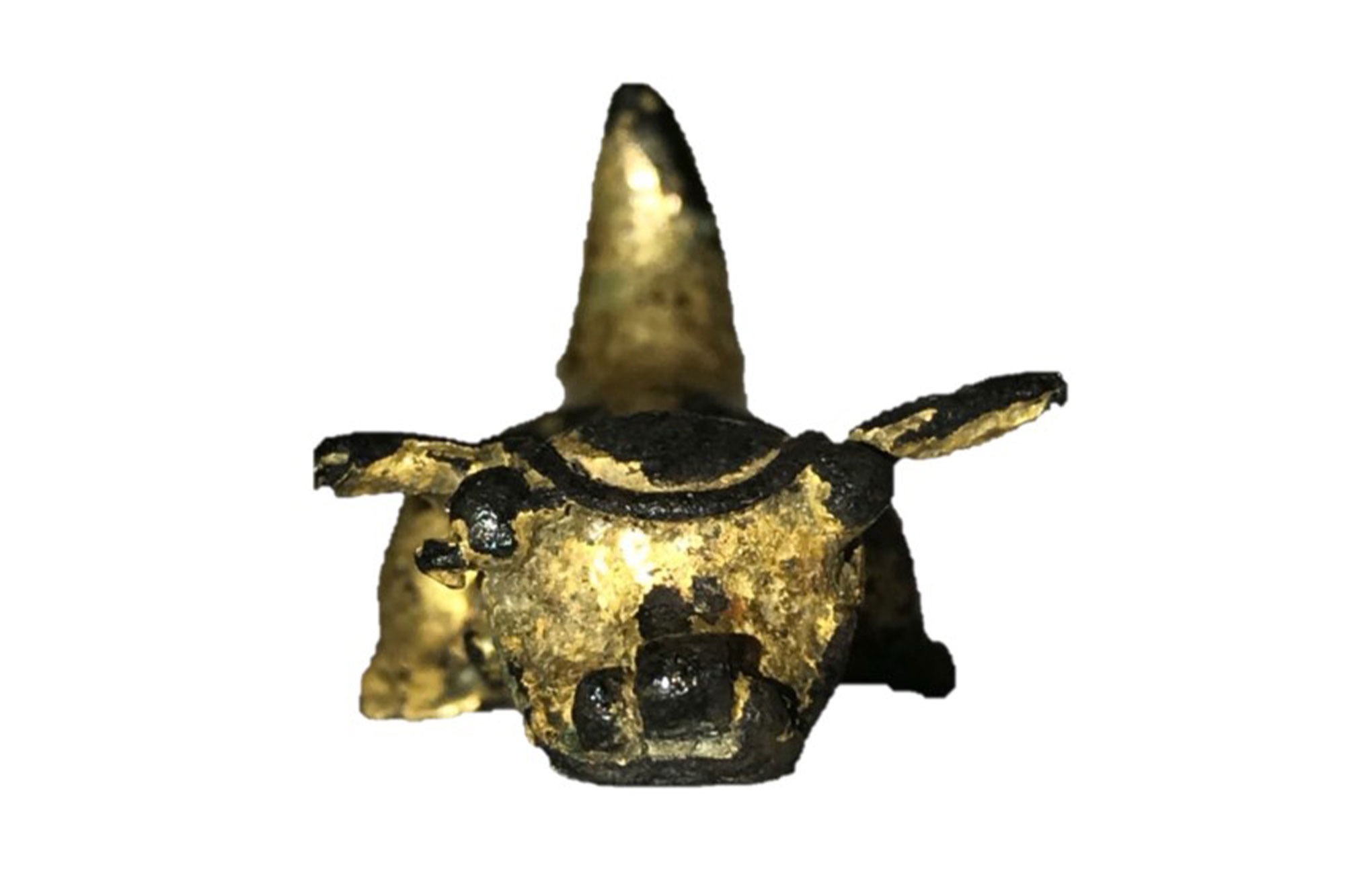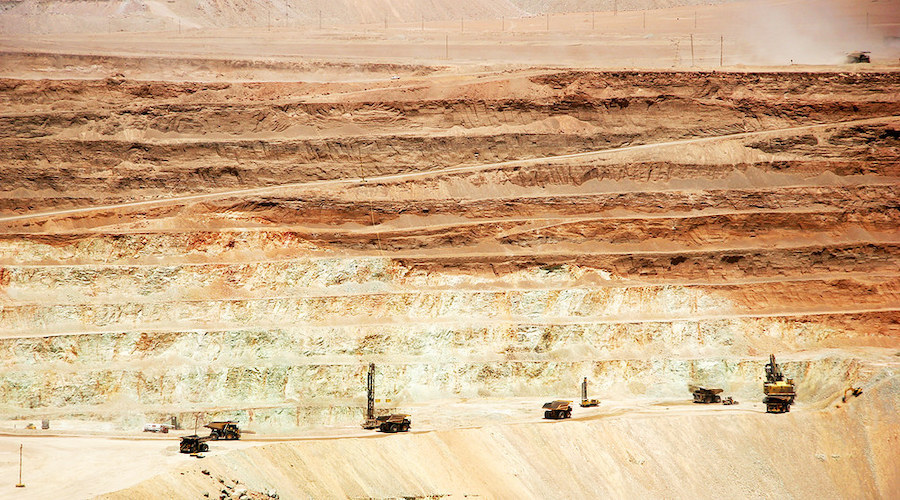Zimbabwe mining revenues up 10% to $458 million

Zimbabwe’s mine output increased in the first quarter, leading to surging revenues for government coffers, NewsDay is reporting.
The website reports revenues in the first quarter rose 10.4% to $454 million on the back of higher production numbers. The gold sector was the star performer, contributing $187.9 million, followed by platinum ($121 million), palladium and high carbon ferrochrome, according to statistics from Chamber of Mines Zimbabwe.
NewDay reported CMZ president Winston Chitando saying the better production numbers came despite electricity supply constraints, high mining fees, and challenges to environmental regulations.
Last month Zimbabwe’s Black Empowerment Minister, Saviour Kasukuwere, announced the country has taken majority ownership of foreign-owned mining firms, which had not already given a controlling stake to black Zimbabweans.
“All mining companies that have not complied … should note that 51% of their shareholding is now deemed to be owned by the state,” Kasukuwere said in a statement.
Neighbour to the north South Africa had a dreadful month in February, with total mining output retreating 14.5% from a year earlier, the greatest rate of decline since March 2008 when the world was gripped by the financial crisis.
More dramatically the overall output and sales from the resources industry in the African nation is now the lowest since 1961, according to a graph from Mike Schussler—that was the year South Africa left the British Commonwealth and declared itself a republic; the start of a long period of isolation that only ended with the election of Nelson Mandela as president in 1994.
Platinum mines were worst hit, producing 48% less due to a three-month strike at Impala Platinum’s Rustenburg mine- the world’s largest platinum mine- along with safety-related shaft closures. Gold production slumped 11.5% compared to the same period a year ago. Copper and diamonds were off a respective 15.1% and 8.8%. Nickel production fell 33.6%.
More News
PDAC Video: Critical Metals plans key green energy projects in Europe
April 10, 2025 | 02:55 pm
One of the strangest chapters in copper mining is drawing to a close
April 10, 2025 | 01:40 pm
{{ commodity.name }}
{{ post.title }}
{{ post.date }}




Comments